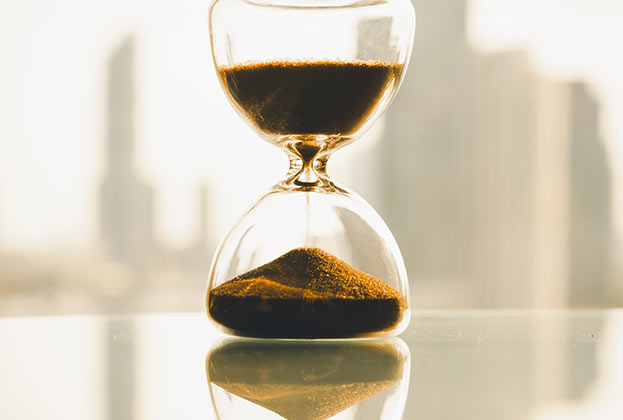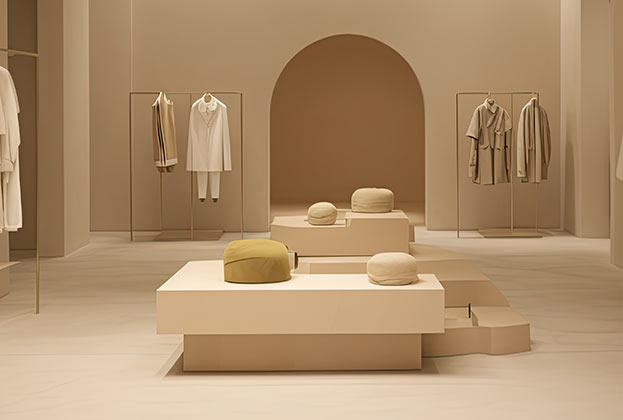The year 2018 has seen some exciting trends in the Spanish retail market–from the emergence of food delivery and the proliferation of burger joints and healthy food restaurants, to the rise of perfume and cosmetic establishments.
Pure players have invested heavily in opening physical stores on the high streets. And big-box stores have continued to trend upwards making their presence increasingly more prominent in the city center.
Black Friday and Cyber Monday are now bywords for eager bargain hunters, especially Millennials and young professionals. In recent years, they have been regarded as the busiest shopping days of the year.
Moreover, online shopping continues to put pressure on brick-and-mortar shops prompting them to find innovative ways to re-attract shoppers to their stores, and remain relevant, or they risk extinction. This year has marked the noticeable entry of pure players into physical stores, finding their niche in what is otherwise a rapidly challenging market.
However, while some of the aforementioned trends will continue in 2019, there may just be some future retail tendencies that are practically unheard of in Spain but may nonetheless be followed. In other countries, they have been on the upswing and may gain acceptance on Spanish shores. As opposed to previous years where I have commented on retail trends in Spain for the following year, this time I have prepared a list where future tendencies from other countries may affect the Spanish retail market.
1. Share a table and win friends at Food Parks
These square open-air spaces, rife with different food stalls with long tables and benches may just be a big hit for foodies in Spain. This concept is similar to food courts in shopping centers except that food parks are outdoor. More often than not, there is an agreement among different retailers to complement each other´s menu selection in order to avoid the same line up of dishes. Should there be a theme for each park? This is possible, but this would depend on a variety of factors. In London, one can go to New Borough for their version of food parks, or in Berlin, one can enjoy the famous Biergartens reminiscent of the renowned Oktoberfest. In Madrid, the closest thing to this concept would be the food trucks that once graced the Azca area which have unfortunately been removed recently.
2. Luxury fashion brands step into the boutique hotel space
Whoever thinks that luxury fashion brands are only into designer clothes, jewelry, accessories, perfumes and beauty products will be pleasantly surprised to know that they have also ventured into the boutique hotel space market. Versace, Bulgari, Dior, Armani, Ferragamo, Tommy Hilfiger, Louis Vuitton, and Missoni are some of the prestigious brands that are currently making waves in the market. Spain is one of the primary tourist destinations in Europe with hotels that operate worldwide. Will the future Four Seasons Hotel on Calle de Sevilla boost the Spanish hotel industry to lure high-end fashion brands, encouraging them to set up hotels under their names? What better way to maximize the use of their ever-present hospitality than to step into the luxury hotel market where their products could be permanently on display enabling them to increase their reputation.
3. Take a leisure stroll through the mall and receive promos and discounts
There are so many ways to promote products through cellphones. And proximity marketing is one method thanks to the invention of smartphones. This is especially true in shopping centers, where shoppers who are within proximity of a commercial establishment, automatically receive notifications and sales alerts from retailers regarding their promos, discounts, sales and new products. Retailers work with network service providers. Customers receive these notifications and sales alerts not directly from retailers but from network service providers, ensuring them that these SMS notifications are legitimate, and therefore, their mobile numbers are protected. Shoppers who are not interested simply delete these messages.
4. The rise of Artificial Intelligence in retail shops
While just a handful of brands currently employ this technique in Spain, this could be a common trend that is not farfetched in the near future. Physical stores will turn to different types of technological features to attract and retain shoppers creating shopping experiences that cannot be emulated online. In Spain, fashion retailers Mango and Zara are the pioneers in this sector that have introduced this innovation. Mango offers digital fitting rooms in which shoppers can try on different products, switching from one model to another, trying different combinations of designs and colors, etc. without the need to physically do so. Zara has recently launched its Augmented Reality application in which shoppers can view virtual models advertising various combinations of their latest collections. And Bershka has recently joined the digital app bandwagon. To stay in the business, physical stores need to be more innovative to gain customer loyalty.
5. Singles´ Day maybe here to stay
Singles´ Day is a shopping phenomenon which originated in China where shoppers can take advantage of substantial online and offline discounts every November 11th. Up until recently, singles´ day – aptly named because the Chinese Millennials celebrate their pride in being bachelors and bachelorettes – has only been observed in China but in recent years has expanded to other Asian and European countries. It has become so popular that this year it has reportedly surpassed the sales of Black Friday and Cyber Monday combined. In Spain, this experience is virtually unheard of but may just be a question of time when it could be the next craze in the retail scene along with Black Friday and Cyber Monday.
.jpg)



.jpg)




.jpg)
